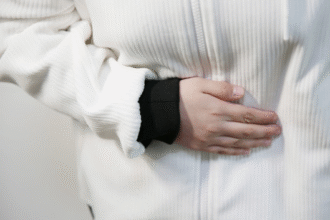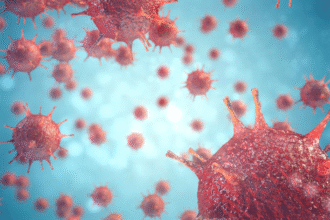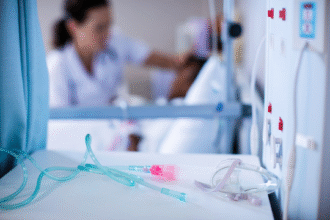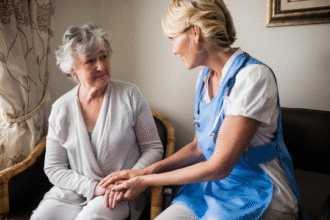Introduction
A stroke occurs when blood flow to part of the brain is interrupted or reduced, depriving brain tissue of oxygen and nutrients. Acting quickly can save lives and reduce long-term disability. This guide will help you recognize stroke symptoms and take the right steps—every minute matters.
Why Time Is Brain
During a stroke, brain cells begin to die within minutes. The faster someone receives medical care, the better their chances of recovery. You don’t need medical training to make a difference—simple actions can buy critical time.
Recognizing a Stroke: The FAST Test
Use the FAST acronym to spot common warning signs:
- Face drooping: Ask the person to smile. Does one side of the face sag?
- Arm weakness: Ask them to raise both arms. Does one arm drift downward?
- Speech difficulty: Ask them to repeat a simple phrase. Is their speech slurred or strange?
- Time to call emergency services: If you observe any of these signs, dial emergency services immediately.
Other symptoms may include sudden:
- Numbness or weakness in the leg or arm, especially on one side of the body
- Confusion, trouble understanding speech
- Trouble seeing in one or both eyes
- Dizziness, loss of balance, or coordination
- Severe headache with no known cause
Immediate Actions for Stroke Victims
-
Check responsiveness
• Gently pinch the person’s skin or clap your hands near them—do not shake.
• If they respond, keep them calm. -
Positioning
• If conscious: Have them lie on their back, keeping the head steady and tilted slightly back—this helps keep their airway open.
• If unconscious: Place them in the recovery position on their side, supporting the head and neck to maintain alignment. -
Call for help
• Dial emergency services (e.g., 120 in China, 911 in the U.S.) without delay.
• Explain that you suspect a stroke and describe the symptoms. -
Clear the airway
• If the person vomits or drools, gently turn their head to the side.
• Use a clean cloth to clear any fluids—never force fingers or objects into the mouth. -
Prevent injury
• During seizures or convulsions: Place a soft, rolled cloth between the teeth—do not insert hard objects like chopsticks.
• When moving to safety: Have multiple people support the head and body, moving the person smoothly without twisting.
Do not:
- Let the person sit up or stand before medical help arrives
- Offer food, drink, or medication unless instructed by a medical professional
- Delay calling emergency services to “wait and see”
Myth vs. Fact: Stroke Edition
| Myth | Fact |
|—————————————-|————————————————————————————|
| Strokes only happen to the elderly. | Strokes can occur at any age, even in children and young adults. |
| If symptoms go away, it wasn’t a stroke. | Temporary symptoms may signal a transient ischemic attack (TIA), which needs care. |
| Home remedies can reverse a stroke. | Only prompt medical treatment (clot-busters, surgery) can limit brain damage. |
| You should lie flat during a stroke. | A slight head tilt helps keep airways open—never use a pillow under the head. |
Prevention and Risk Reduction
While some risk factors (age, family history) can’t be changed, you can reduce your stroke risk by:
- Maintaining healthy blood pressure and cholesterol levels
- Quitting smoking and limiting alcohol
- Staying active: aim for 150 minutes of moderate exercise weekly
- Eating a balanced diet rich in fruits, vegetables, and whole grains
- Managing diabetes and heart disease with your doctor’s guidance
Frequently Asked Questions
Q: What should I do if symptoms go away quickly?
A: Even if they resolve, do not ignore warning signs. Seek medical evaluation—it could be a TIA, which often precedes a full stroke.
Q: Can I give aspirin before help arrives?
A: Only if instructed by emergency dispatch or a medical professional. In some stroke types, aspirin can worsen bleeding.
Q: How long does it take to recover from a stroke?
A: Recovery varies widely, from weeks to years. Early rehabilitation improves outcomes—follow your care plan closely.
Resources and Support
- American Stroke Association: https://www.stroke.org
- World Stroke Organization: https://www.world-stroke.org
- National Health Hotline: [Local emergency number]
Take Action Today
Share this article to raise awareness—knowing the signs of a stroke could save a life. Keep the FAST steps in mind and encourage loved ones to do the same.







